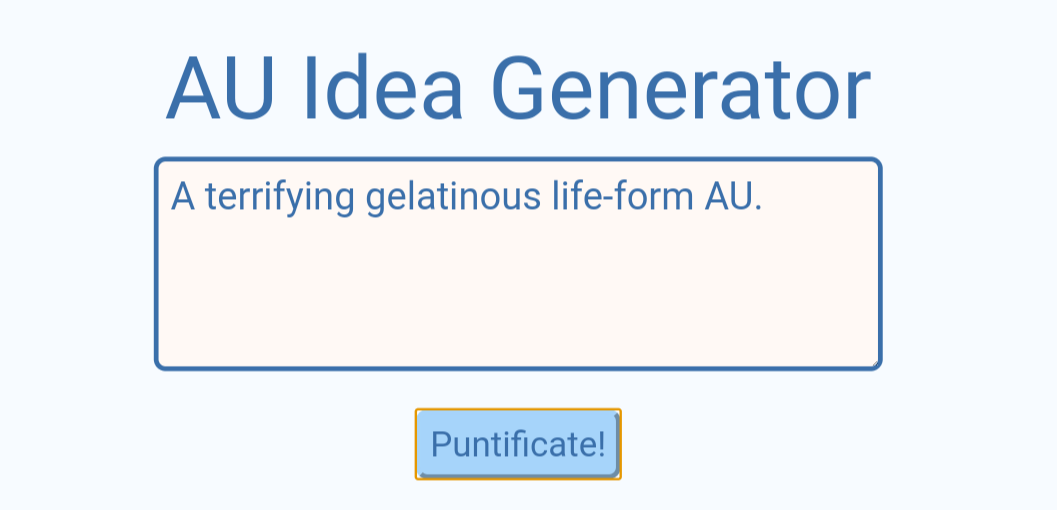While headcanon generators have revolutionized how fans engage with beloved fictional worlds by offering automated imaginings of characters and plotlines, their abilities are not without constraints. Understanding these limitations can help users and developers strengthen the technology and its applications. Below, we explore the primary factors inhibiting headcanon generators' effectiveness.
Dependent on Existing References
Headcanon generators rely heavily on data to craft creative material. For this data to allow diverse, nuanced headcanons, it must be expansive and rich in nuanced detail. However, if the database is scant or skewed toward specific narratives or heroes, the generator's outputs will mirror these shortcomings. For example, a tool trained mainly on mainstream superhero blockbusters may struggle envisioning obscure independent comic figures.
Complexities of Natural Language
At the core of how headcanon generators operate is natural language processing. NLP enables these instruments to comprehend and generate human-like text from inputs. Yet NLP continues grappling with context, sarcasm, and subtle emotion—often pivotal to meaningful, accurate headcanons. A character's intricate motivation, for instance, may be lost on a generator incapable of complex tonal interpretations.

Ethical and Authorship Ambiguities
Headcanon generators operate in a legally gray area regarding intellectual property. As they craft content from existing works, where copyright infringement begins grows opaque. This obscurity curtails how widely generated tales can be shared or commercialized, especially if closely resembling copyrighted material. Additionally, propagating fan-made narratives risks conflicting with original creators' visions or handling of sensitive topics.
The Complexities of Fan Fiction Generation
Generating compelling narratives from sparse user inputs poses risks of incoherence or offense. Creators must provide rich, nuanced details to guide tools productively. Yet accessibility remains an issue, as the most advanced require powerful hardware or paid access. Limiting casual use risks underserving portions of fan communities.
Meanwhile, generative models pose ethical dilemmas around representation and authorship. While exciting for fostering engagement, these tools are not foolproof storytellers. They rely on their training and on inputs that may propagate harms if used carelessly. Addressing such complexities will be key so these technologies serve rather than divide their audiences.
For headcanon tools to reach their creative potential, developers must consider inclusivity, guardrails and oversight. Users also bear responsibility in contributing thoughtful, considerate seeds rather than those meant to spread toxicity. With open dialogue and progress on these challenges, AI could enrich fandoms for all. But achieving that balance demands acknowledging its limitations as well as capabilities.
